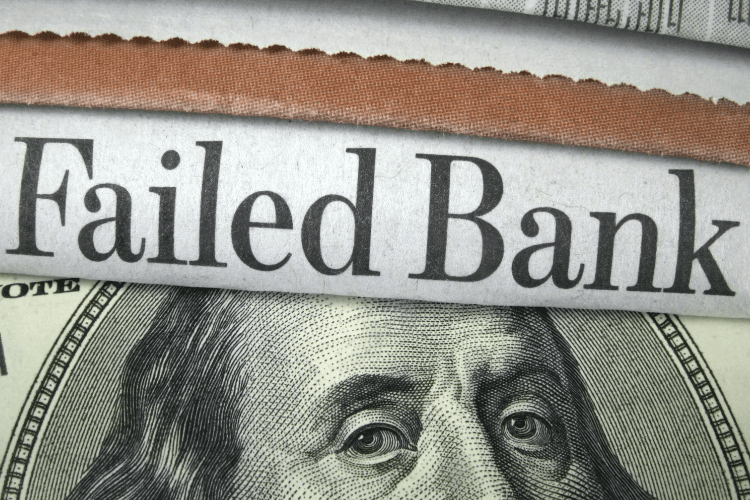What Debts Should You Pay Off First?

Debt stinks. Yet most of us have it. And many of us have a lot of it. As a result, the first step toward achieving financial health is often paying off those debts: student loans, credit cards, personal loans, medical bills, mortgages, auto loans, and everything in between from all different financial institutions.
But when you’re thousands or tens of thousands of dollars in the hole, what is the best way to make progress? Let’s look at three of the most popular debt payoff methods.
High-Interest Rate (Debt Avalanche)
An avalanche isn’t usually a good thing unless it’s an avalanche of cash into your bank account. Or, in this case, an avalanche of debt right out of your life.
The debt avalanche strategy attacks “toxic” debts first by addressing debts according to their interest rates. For example, suppose you have a credit card balance of $2,500 at 22.9% interest, another credit card balance of $5,000 at 15.9% interest, and an auto loan of $7,500 at 7% interest. In that case, the credit card balance of $2,500 should be your top priority. Even though it carries a lower balance than the other two debts, its interest rate is the most damaging to your overall financial health.
Use this step-by-step guide to master the debt avalanche:
- List all of your non-mortgage debts from highest to lowest interest rate.
- Make minimum payments on all debts except the debt with the highest interest rate.
- Every month, pay as much extra as possible on the debt with the highest interest rate.
- Once that debt is repaid, turn your attention to the next-highest interest rate on your list.
- Continue knocking off debts and rolling their minimum payment amounts in the extra payments you make on the next debts.
Build a spreadsheet to track your progress and enjoy the emotional and financial payoff of your efforts.
Smallest Balance (Debt Snowball)
The debt snowball method is one of the most popular ways to pay off debts effectively. This method tackles your debts from the most minor to the most significant so that you gain momentum with every balance that’s paid in full.
Here are the basic ground rules to utilize the debt snowball technique:
- List all of your non-mortgage debt from smallest to largest balance.
- Make minimum payments on all debts except the smallest debt.
- Pay the smallest debt off as fast as possible; devote any excess budget to this purpose.
After your smallest debt is repaid, shift your payments to the next highest debt on your list. Now attack that debt with a vengeance! It creates a debt snowball effect as you move through your debts from smallest to largest. By the time you reach the end of your list, you’ll have repaid so many debts and eliminated so many monthly payments that those more significant payoffs won’t seem nearly as impossible as they once appeared.
Highest Credit Utilization
If most of your debts involve credit cards, you may consider tackling your debt by credit utilization. For example, say you have two credit cards. The first has a spending limit of $600 and a balance of $450. The second credit card has a spending limit of $3,000 and a balance of $1,000.
Even though the credit card with a balance of $1,000 seems like the obvious starting point, the credit card with a balance of $450 actually has a higher credit utilization due to its lower spending limit. On your credit report, that high balance makes it appear that you’re using all the money available to you without paying it back.
If you repay that $450 balance as quickly as possible, your credit score will respond positively, and you’ll knock out a considerable debt. You can then turn your attention to the card with a $1,000 balance and whittle it down to $0. If you’re thinking “gee, I really just want to avoid the possibility of going into debt altogether,” it’s never a bad idea to utilize your debit card for all of your purchases instead.
There’s no one right or wrong way to repay your debt; it’s all about finding the strategy that keeps you motivated and delivers the results you want to see!
Read More: Credit Card Interest Rates Are Rising: Now’s The Time To Pay Off Debt










